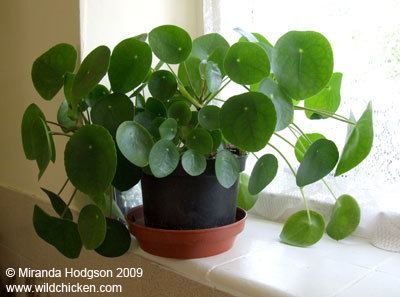Rank Species | Genus Pilea Higher classification Pilea | |
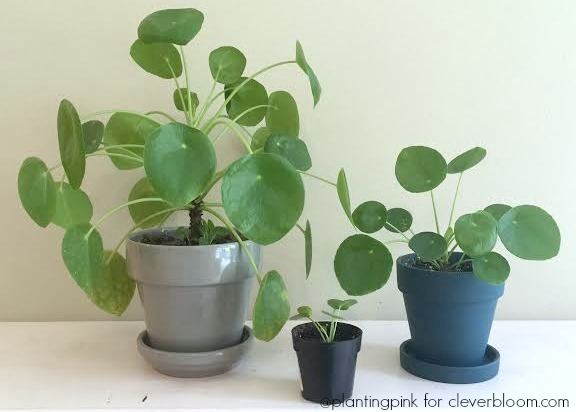 | ||
Similar Pilea, Swiss cheese plant, Radiator plants, Jade plant, Fiddle‑leaf fig | ||
How to take a pilea peperomioides cutting
Pilea peperomioides, known as Chinese money plant, pancake plant, lefse plant, or missionary plant, is a species of flowering plants in the family Urticaceae, native to Yunnan Province in southern China. Growing to 30 cm (12 in) tall and wide, it is an erect, succulent, evergreen perennial, with round, dark green, peltate leaves up to 10 cm (4 in) in diameter on a long petiole.
Contents
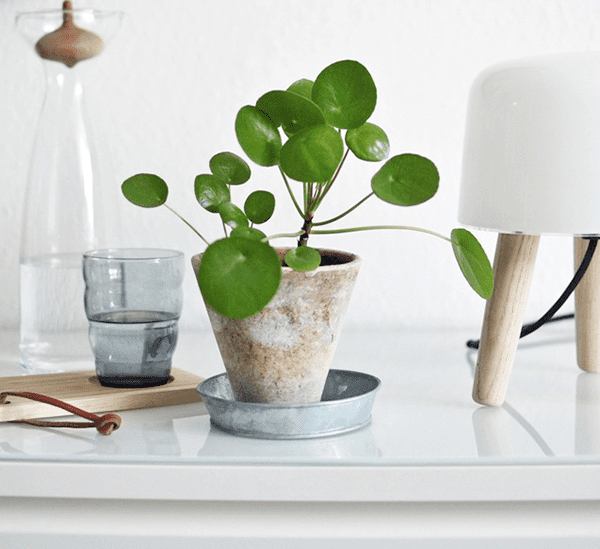
P. peperomioides was first collected by George Forrest in 1906, and again in 1910, in the Cang Mountain range in Yunnan Province.
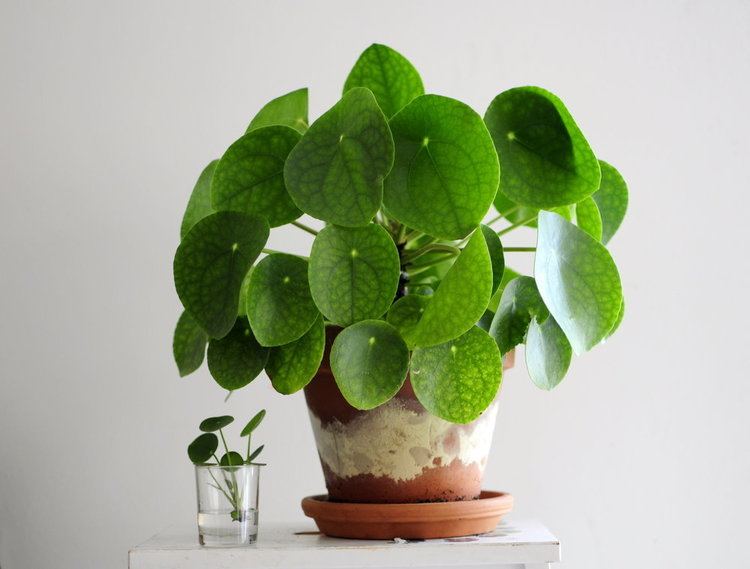
In 1945 the species was rediscovered by Norwegian missionary Agnar Espegren in Yunnan Province when he was fleeing from Hunan Province. Espegren took cuttings with him back to Norway, by way of India, in 1946 and from there it was spread throughout Scandinavia.
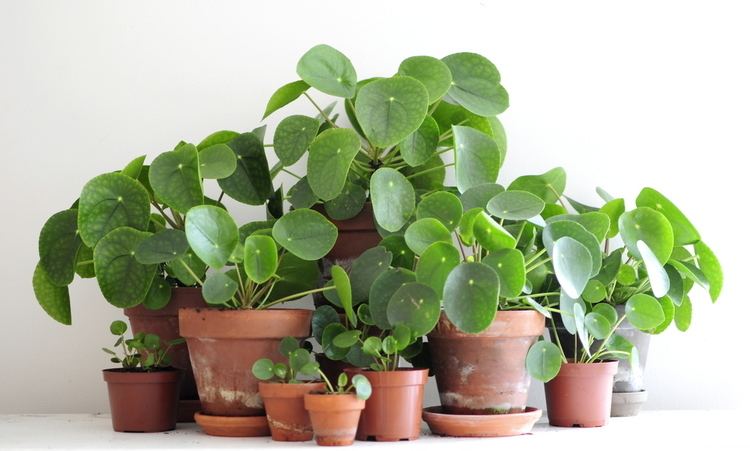
P. peperomioides is an example of a plant which has been spread amongst amateur gardeners via cuttings, without being well-known to botanists. Its true identity was not finally established until the 1980s. The first known published image appeared in the Kew magazine in 1984.
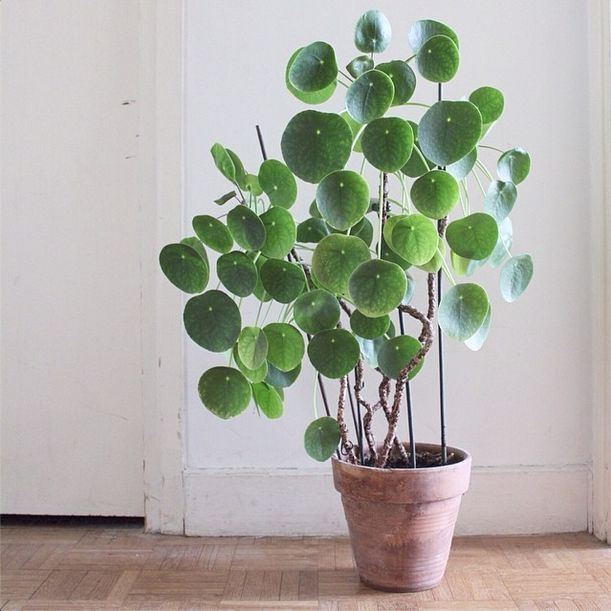
With a minimum temperature of 10 °C (50 °F), in temperate regions P. peperomioides is cultivated as a houseplant. It has gained the Royal Horticultural Society's Award of Garden Merit.
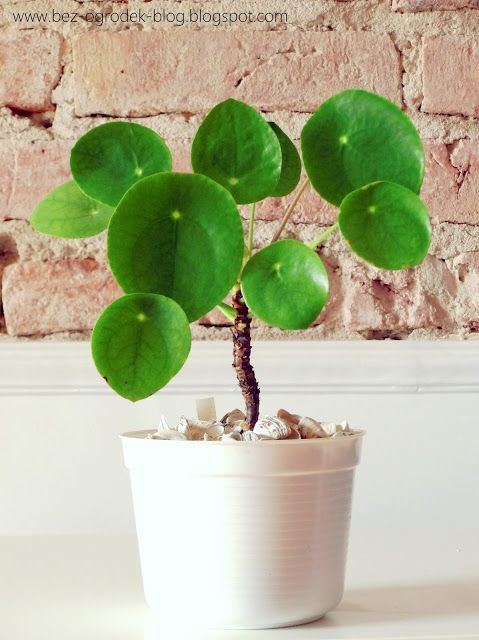
Pilea peperomioides
